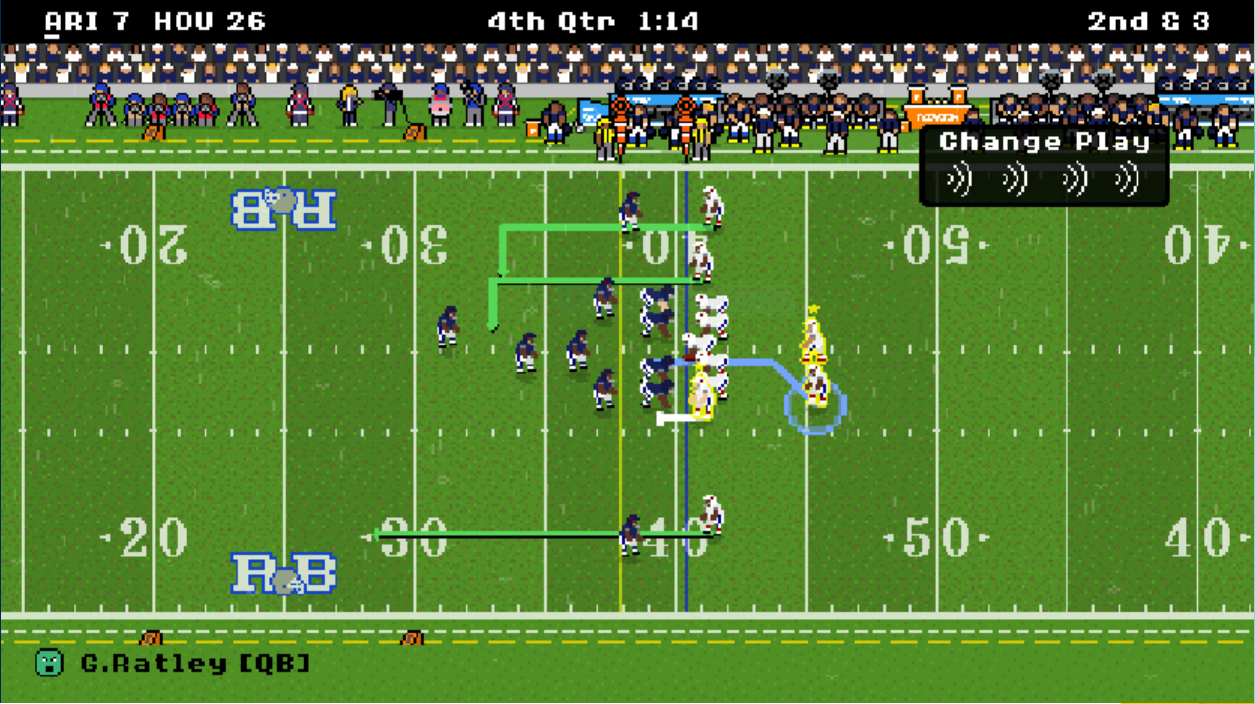Introduction to College Football Bowl History
1.1 Definition and Significance of Bowl Games
College football bowl games have become a quintessential part of American sports culture. These postseason matchups are traditionally held between top-ranked teams at the end of the college football season, serving not only as a celebration of the sport but also as a determinant for national rankings and, in certain eras, the national champion.
1.2 Evolution of Bowl Games in College Football
Bowl games began as a way to attract tourism during the holiday season, but they have evolved into high-stakes contests that can define a program’s legacy. Over the decades, these games have grown from a single matchup to a sprawling postseason landscape that includes dozens of games across the country.
2. Origins of College Football Bowl Games
2.1 The First Bowl Game: Rose Bowl
The Rose Bowl, played in Pasadena, California, in 1902, is widely regarded as the first college football bowl game. Originally conceived as a way to boost tourism, it quickly became an annual tradition, laying the foundation for what would become a cornerstone of college football.
2.2 Early Expansion of Bowl Games
Following the success of the Rose Bowl, other regions sought to capitalize on the bowl game concept. The 1930s saw the introduction of the Sugar Bowl, Orange Bowl, and Cotton Bowl, each of which quickly developed its own traditions and significance in the college football landscape.
3. Key Bowl Games and Their Histories
3.1 The Rose Bowl
The Rose Bowl, known as “The Granddaddy of Them All,” is the oldest and most prestigious bowl game. Its storied history includes hosting numerous iconic games and memorable performances, making it a cornerstone of college football tradition.
3.2 The Sugar Bowl
Established in 1935, the Sugar Bowl in New Orleans has been a marquee event in college football, often featuring top teams from the Southeastern Conference (SEC). Its history is rich with thrilling matchups and dramatic finishes.
3.3 The Orange Bowl
The Orange Bowl, played in Miami, also began in 1935 and has been a pivotal game in determining national champions. It is known for its vibrant atmosphere and has hosted some of the most significant games in college football history.
3.4 The Cotton Bowl
The Cotton Bowl, held in Dallas, Texas, has been a major event since its inception in 1937. It was instrumental in the rise of Southwestern football programs and continues to be a major draw in the college football postseason.
4. The Impact of Bowl Games on College Football
4.1 Influence on Team Rankings and Championships
Bowl games have a significant impact on the final rankings of college football teams. A strong performance in a major bowl can elevate a team’s standing, while a loss can derail a season. In the pre-BCS era, bowl results were often decisive in crowning national champions.
4.2 Economic Impact on Host Cities
Hosting a bowl game brings substantial economic benefits to the host city, including tourism revenue and national exposure. The influx of fans, media, and teams contributes to local economies, making bowl games a lucrative event for the chosen locations.
4.3 Cultural Significance of Bowl Games
Beyond the economic and competitive implications, bowl games have become cultural events, steeped in tradition and pageantry. From the Rose Parade to the iconic halftime shows, these games are about more than just football—they are celebrations of community and school pride.
5. The Bowl Championship Series (BCS) Era
5.1 Introduction of the BCS System
The BCS was introduced in 1998 to ensure that the two best teams in the nation would meet in a national championship game. This system aimed to reduce the controversy surrounding national champions, but it was not without its own share of debates and disputes.
5.2 Controversies and Criticisms
The BCS era was marked by controversies, particularly over the selection process for the national championship game. Critics argued that the computer-based ranking system was flawed and often left deserving teams out of the title game.
5.3 Notable BCS Bowl Games
Despite its criticisms, the BCS era produced some of the most memorable games in college football history. Matchups like the 2006 Rose Bowl between Texas and USC are still considered among the greatest games ever played.
6. The College Football Playoff (CFP) System
6.1 Transition from BCS to CFP
In 2014, the College Football Playoff (CFP) system replaced the BCS, introducing a four-team playoff to determine the national champion. This system was designed to address the shortcomings of the BCS and provide a more definitive pathway to the championship.
6.2 Structure of the CFP
The CFP system features two semifinal games followed by a national championship game. The teams are selected by a committee, and the playoff games rotate among the major bowl sites, ensuring that the tradition of these games continues.
6.3 Memorable CFP Matchups
The CFP has already produced a number of classic games, including thrilling finishes and dominant performances that have cemented its place in college football lore. These games have further solidified the importance of the postseason in determining the true national champion.
7. Modern Bowl Games and Their Evolution
7.1 The Proliferation of Bowl Games
In recent years, the number of bowl games has increased dramatically, with over 40 games now played each postseason. This proliferation has led to debates about the significance of these games, but they remain a crucial part of college football culture.
7.2 The Role of Sponsorship in Bowl Games
Sponsorship has become a vital component of modern bowl games, with corporate sponsors often taking naming rights. This trend has been both praised for providing financial support and criticized for commercializing the sport.
7.3 Emerging Trends in Bowl Game Participation
As the landscape of college football continues to evolve, so too do the trends in bowl game participation. Players opting out of bowl games to prepare for the NFL Draft and changes in team selection criteria are just some of the factors shaping the future of bowl games.
